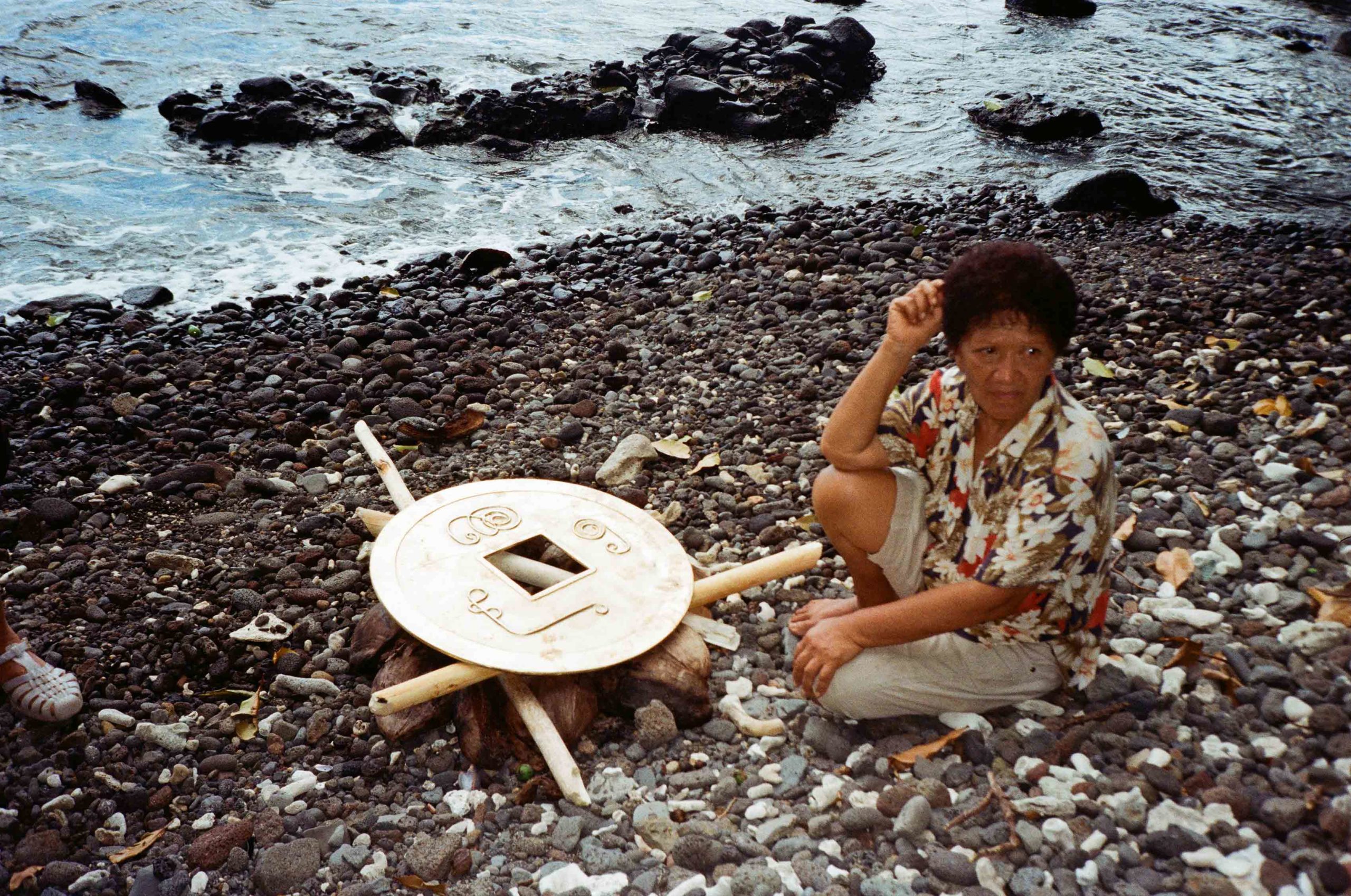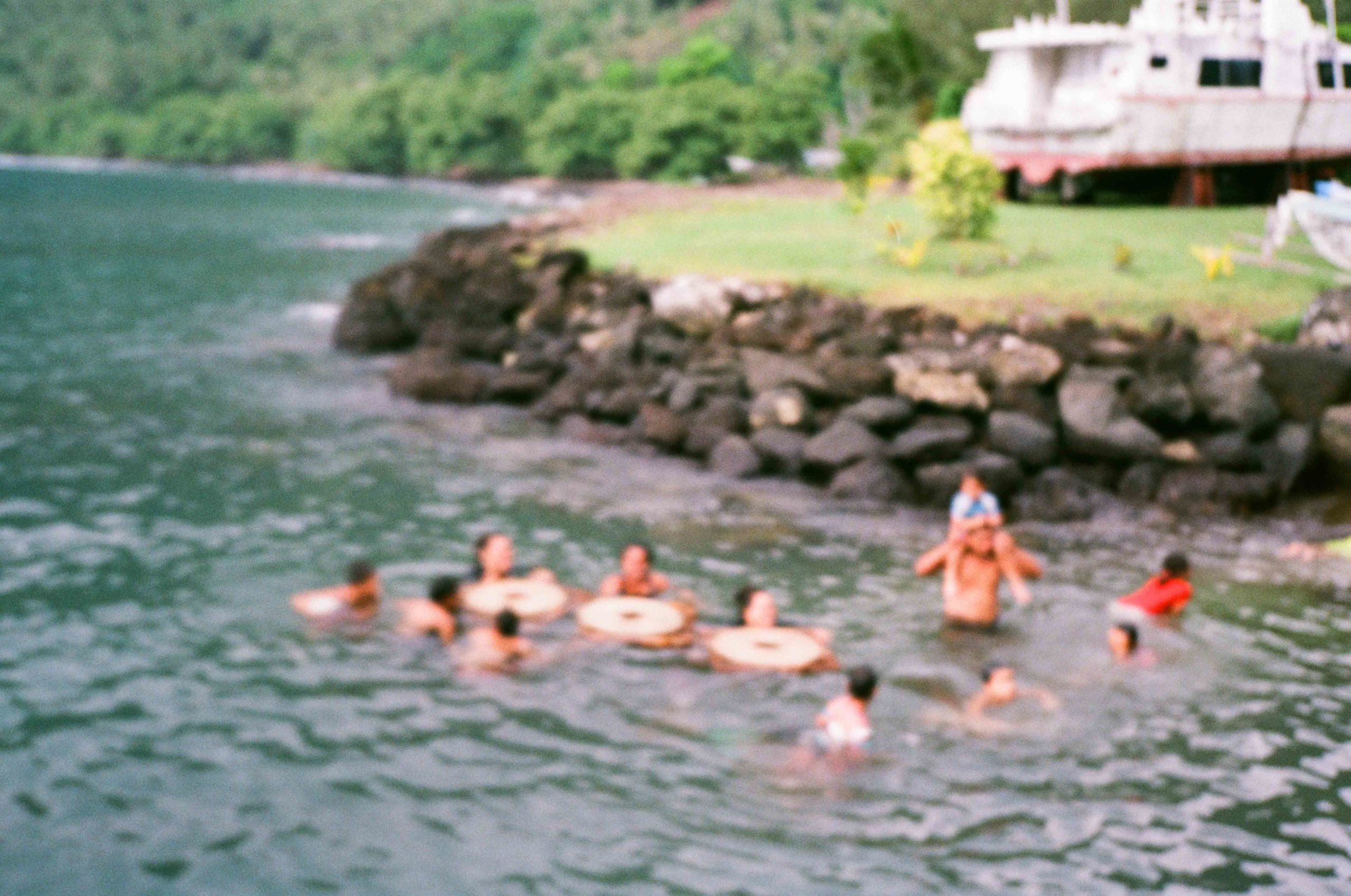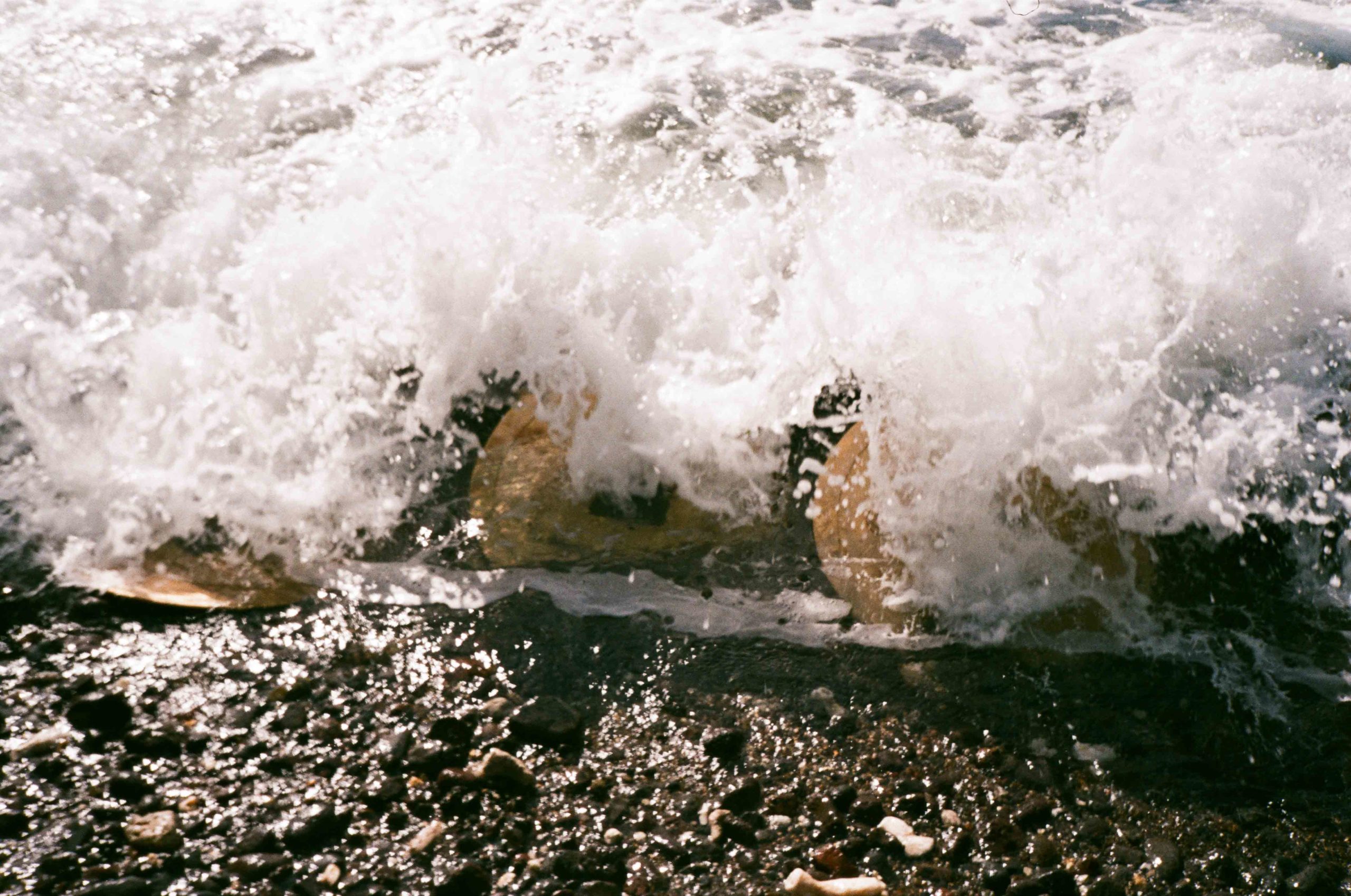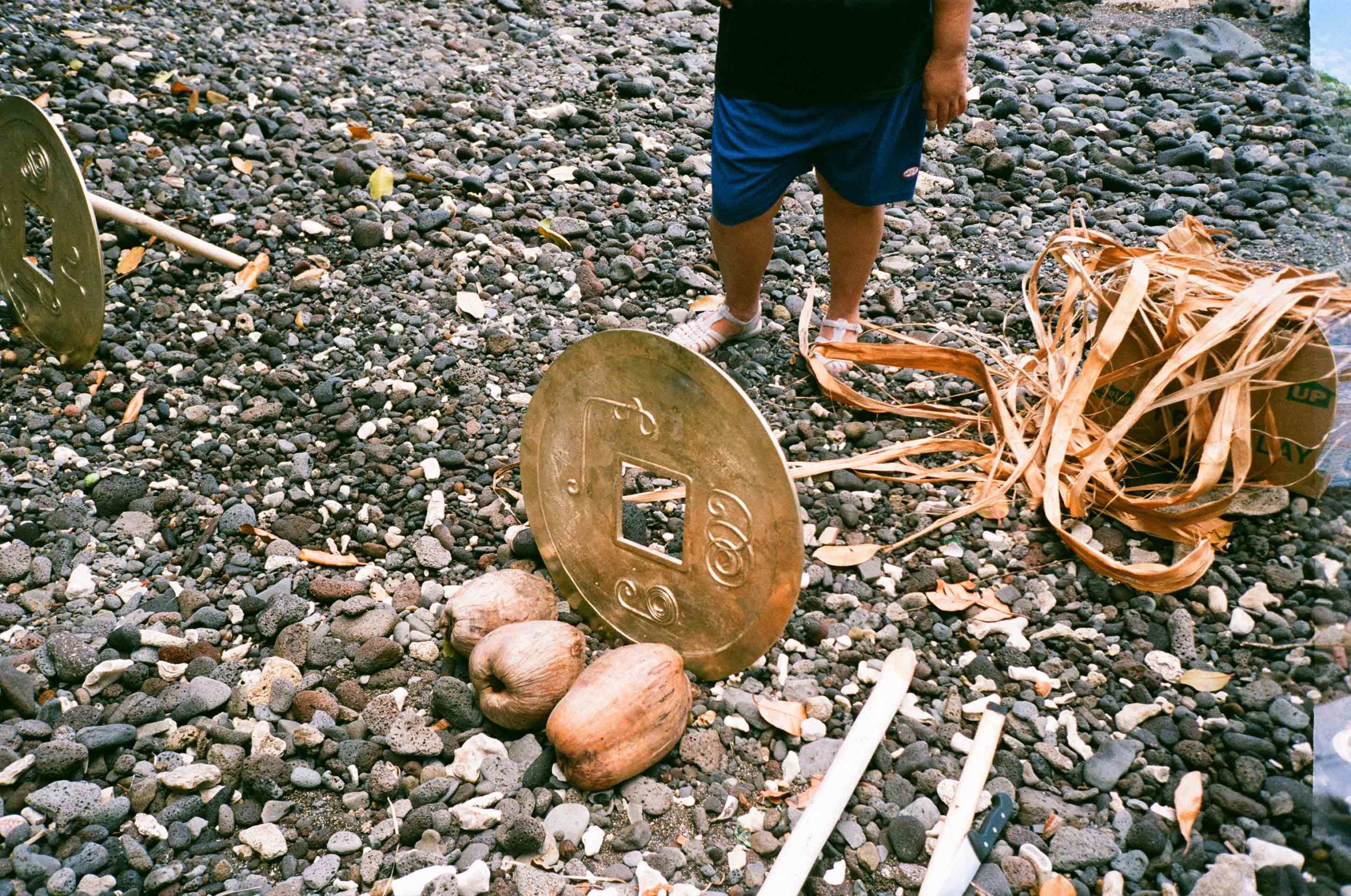hydrohexagrams (for tahuata)
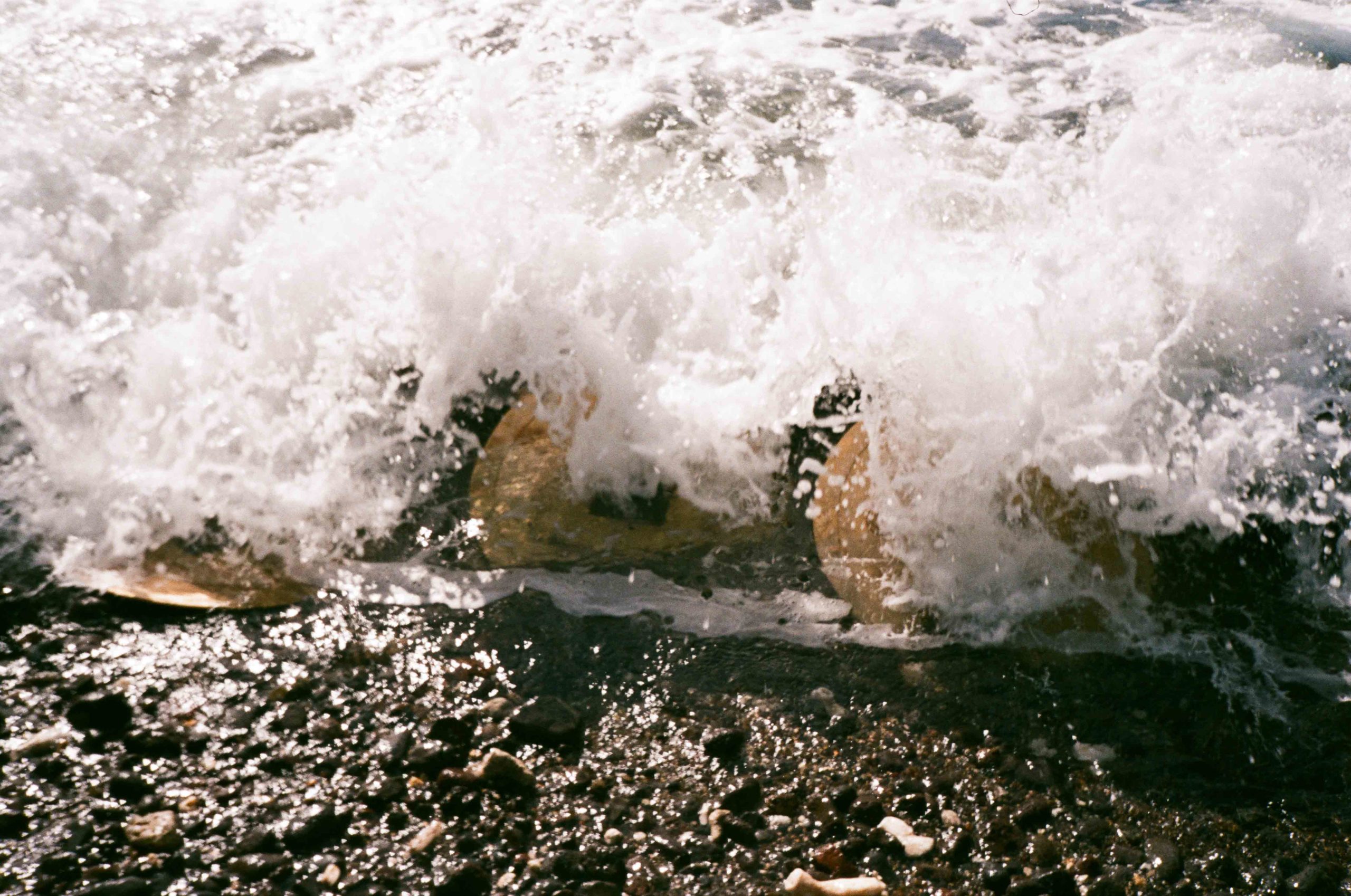
TIDALECTICS
Thyssen-Bornemisza Art Contemporary (TBA21)
Austria
Curated by Stefanie Hessler
Thyssen Bornemisza Collection
2017
6 Bronze coins, drawings (pastel, pencil on paper), single-channel video projection
Coins: ø 65 cm x 3 cm; drawings: dimensions variable; video: 20 min; overall dimensions variable
Video by Juan Renau
Text by Stefanie Hessler
Eduardo Navarro’s work Hydrohexagrams (for Tahuata) (2017) emerges from a set of serendipitous constellations and encounters during the TBA21–Academy expedition to the Marquesas. Searching for a logic that comes from the oceans and a framework for thinking and being defined by the waters, Navarro created an oceanic version of the traditional Chinese divination method I Ching. The ancient script upon which the divinatory prophecies are read originated during the Western Zhou period (1000–750 BC), and is interpreted by casting a set of three coins six times to create a hexagram pointing to the revelatory text passages in the book. For this project, Navarro produced two sets of three bronze I Ching coins enlarged to a diameter of 65 cm and embossed with oceanic symbols and drawings the artist created during the expedition. The coins were made in Navarro’s hometown of Buenos Aires and brought back with him on his plane trip to the island of Tahuata in the Marquesas. Here, in the town of Hapatoni, where the idea for the work originated, the artist collaborated closely with the inhabitants, proposing they could use the coins and I Ching book to pose a communal question to the ocean. After the village formulated a question, the three coins were thrown into waves six times successively and retrieved by divers, leaving the resulting divination hexagram to be defined by the force of the waves. Realized with the help of local collaborators, like the fishermen who took Navarro out to the waves and helped him find the coins on the ocean floor, the action was also filmed. The village decided to create a song based on their interpretation of the text indicated by the I Ching book, laying it over the oldest chant of Hapatoni, whose melody is inspired by the waves of the sea.
The three coins that were cast into the ocean were brought to Vienna and are shown in the exhibition, while the other I Ching set stayed behind in Hapatoni, as a public artwork that will be displayed in the Artisan Museum and could be used by the different villages of Tahuata. With this project, Navarro realizes a system that emerges from the oceans themselves, placing them at the center of divinatory fate and destiny.
